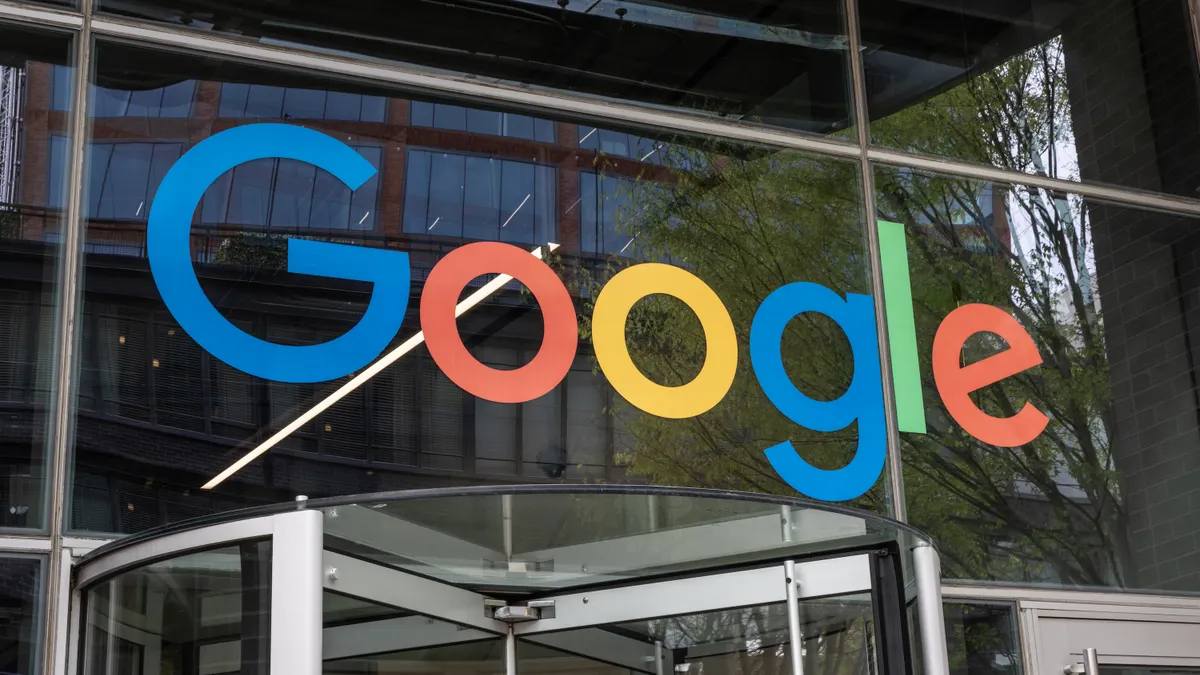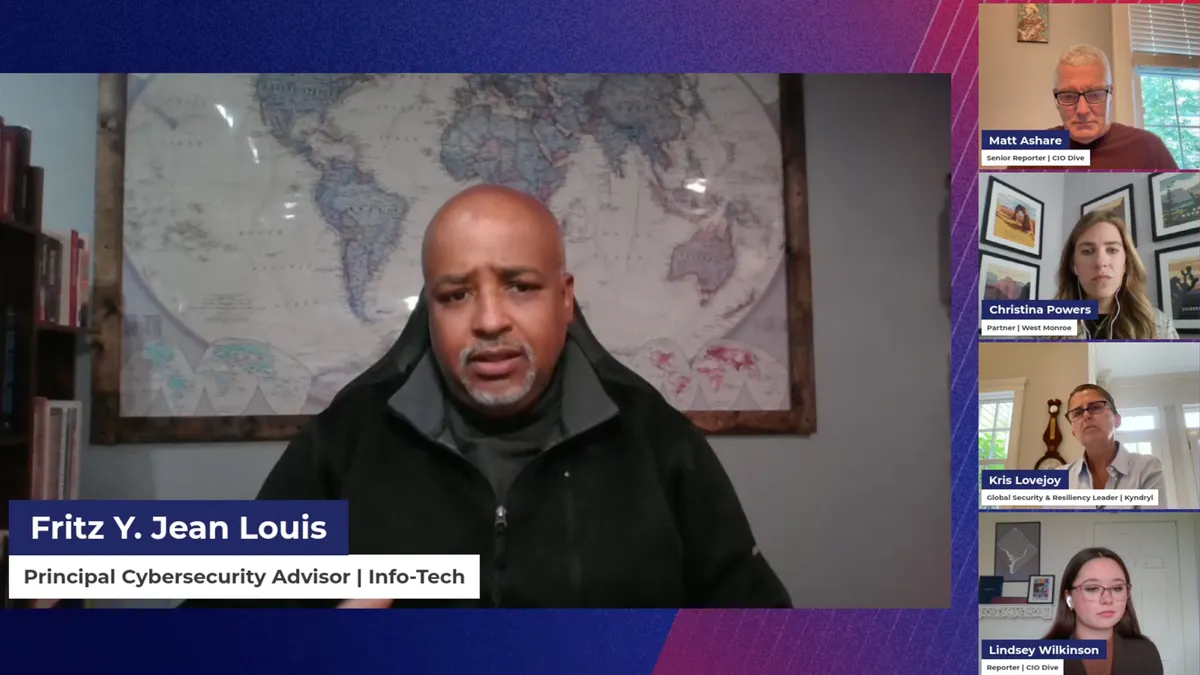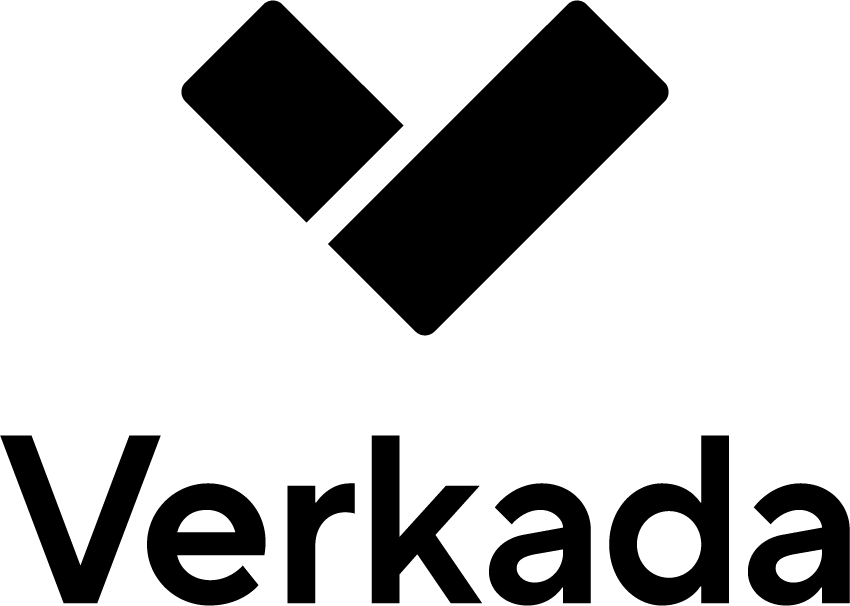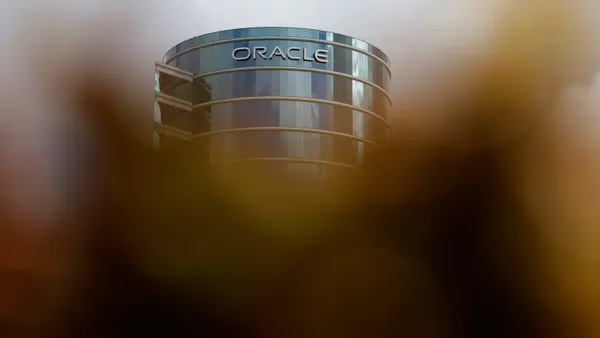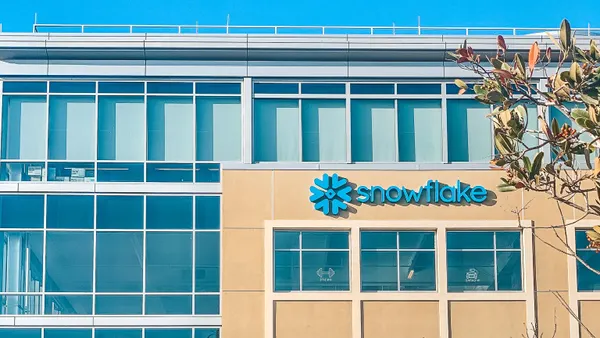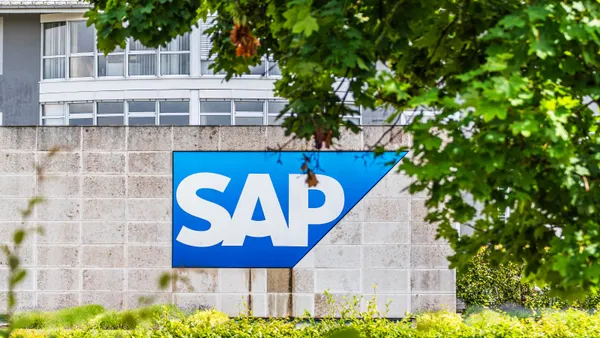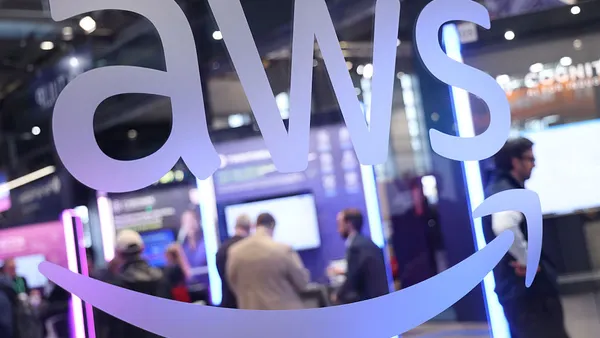Dive Brief:
- Google Cloud tacked $10 billion onto its $75 billion capital expenditure plans for the year, executives said Wednesday during a Q2 2025 earnings call. The company will pour the lion’s share of $85 billion into cloud infrastructure and AI processing capacity, according to Google and Alphabet CFO Anat Ashkenazi.
- “Our updated outlook reflects additional investment in servers, the timing of delivery of servers and an acceleration in the pace of data center construction, primarily to meet cloud customer demand,” Ashkenazi said.
- Google Cloud revenues grew 32% to $13.6 billion in the second quarter, as it raced to keep pace with growing demand for its cloud and AI services. The company spent $22.4 billion in capital expenditures during the quarter, largely to build out technical infrastructure. Roughly two-thirds of the investment went toward servers and the remainder into data centers and networking equipment, Ashkenazi said.
Dive Insight:
Cloud is the engine and big data the fuel driving the proliferation of large language model technologies. In the ongoing rush to deploy generative AI capabilities, Google and its larger hyperscale competitors AWS and Microsoft are investing hundreds of billions of dollars in hardware and facilities.
Capacity buildouts drove a 53% year-over-year increase in data center investment during the first quarter, according to Dell’Oro Group. The spending spree gained midyear momentum as Google committed more than $25 billion to building domestic AI infrastructure and Oracle partnered with OpenAI to bring 4.5 gigawatts of data center capacity on line in concert with the Stargate initiative this month.
OpenAI, which received much of its initial funding and compute from Microsoft, tapped Google last month for additional capacity, putting an additional strain on the hyperscaler’s resources.
“With respect to OpenAI, we are very excited to be partnering with them on Google Cloud,” Sundar Pichai, CEO of Google and parent company Alphabet, said during the earnings call. “Google Cloud is an open platform, and we have a strong history of supporting great companies, startups, AI labs, etcetera.”
Data center constructions don’t happen overnight. In addition to capital investments, projects have complex logistical and permitting requirements. The Trump administration addressed these issues in an executive order issued Wednesday that aims to fast-track AI infrastructure project approvals.
“It's a tight supply environment and we are investing more to expand, but there is obviously a time delay,” Pichai said.
More than 85,000 enterprises leveraged Google’s Gemini model family to build AI tools during the second quarter, contributing to a 35X year-over-year usage increase, according to Pichai. The executive touted the company’s expansion into generative AI automation tools through its Agentspace service while noting the technology is still in development.
“The forward-looking trajectory will really unlock these agentic experiences," Pichai said. "We see the potential. We're able to do them, but they're a bit slow and costly and take time and sometimes are brittle … I expect 2026 to be the year in which people use agent experiences more broadly.”
The company is already projecting a further increase in CapEx next year to satisfy customer demand and power Google products and services.
“We're working hard to bring more capacity online, which means data centers and servers are coming online, and we see more of an increase towards the back end of the year,” Ashkenazi said. “This is not the type of investment that's a light switch — it takes time to make this investment.”



